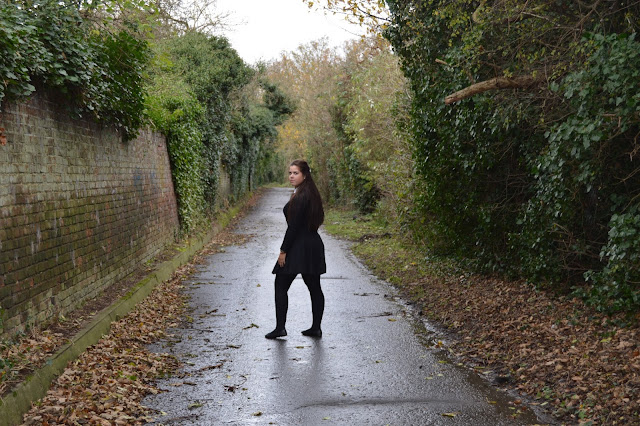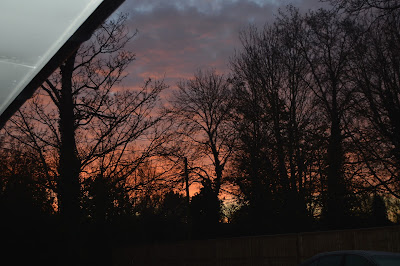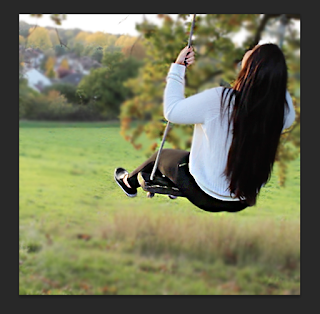The purpose of having a group meetings table is simply so that every single member of the group is aware of exactly what is going on in the production of the music video. It is vital to have to ensure that say for instance, someone is not in a lesson one day, they may miss something crucial to know in the meetings and therefore when they come back they can easily refer to the table and catch up with what has been done and what still needs doing. Meetings are also an extremely beneficial way of allowing everyone in the group to have a say in a matter; if everyone has differentiating opinions of how best to approach something, a discussion needs to take place to compromise of what action to take. Another useful aspect of the group meetings is that it allows a group to efficiently divide tasks between the members and get things done a lot more quickly, saving valuable production time, as well as making everything fair between everyone, so no-one either has nothing to do or everything to do. The table below demonstrates our planning of certain actions we need to do, when to do them by and by whom.
Having carried out group meetings very successfully, I think it is an ideal thing to do. The process was a lot easier and quicker due to the fact that Molly, Claire and I get along very well and were able to maturely discuss our ideas; it was also beneficial that the three of us held similar ideas and therefore could quickly move on to looking over other things. In addition, having three people in a group proves to be advantageous when discussing how to approach a situation as it means that there is a high probability you will receive constructive input from at least one person, or if you do not like one person's, someone else can jump in and help.
Overall, from carrying out group meetings, I can see that it was a good thing to use as it helped with organizing our production efficiently and constructively, allowing my group and I to know exactly where we stand with deadlines. Every participant of the group attended each meetings, avoiding any issues with one of us being behind on key information regarding the production. This meant that we all knew exactly what we were doing and what was left to do. The only issues that arised were ensuring that our schedule did not come into conflict with either each other's or Amy's, who we were using as our artist. However, if I were to repeat this process, next time I would plan out variables such as weather and lighting more carefully, as we actually had to re-film a scene due to the poor lighting resulting in a grainy quality from the camera.

























